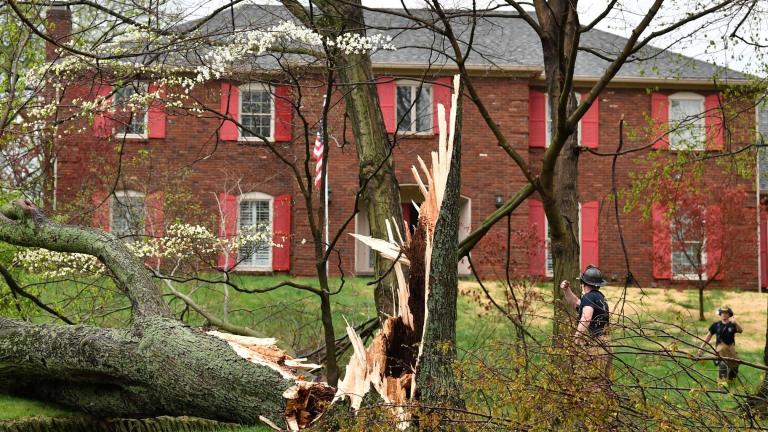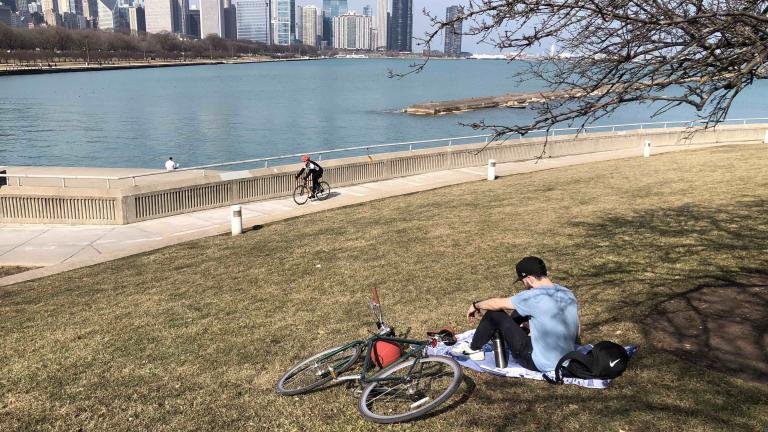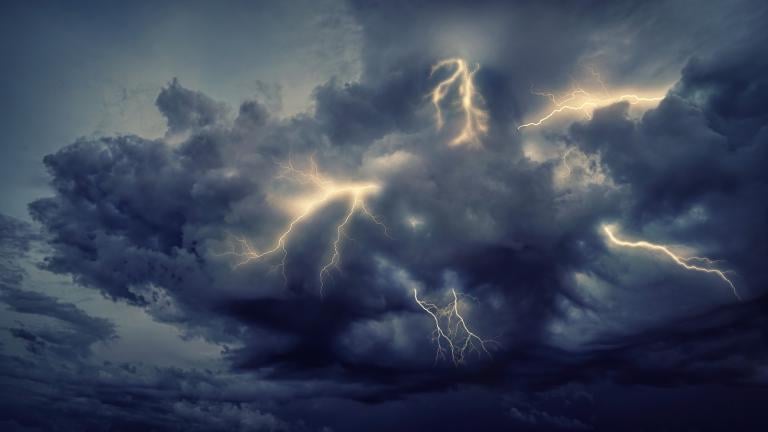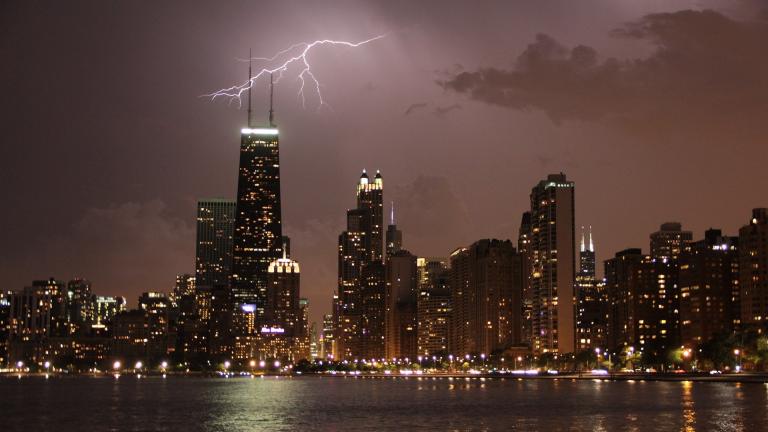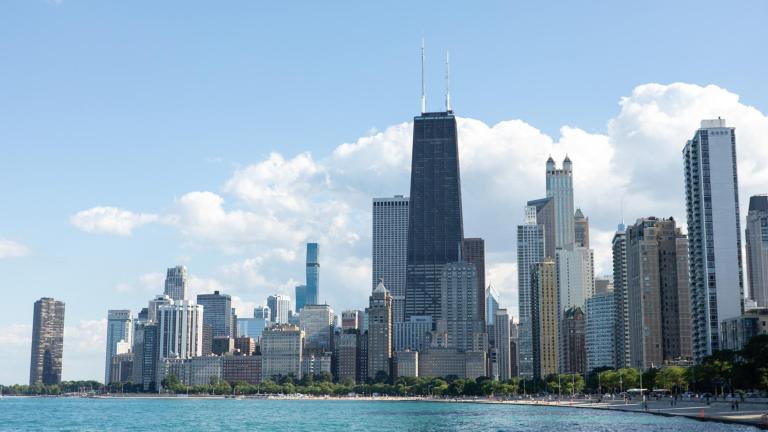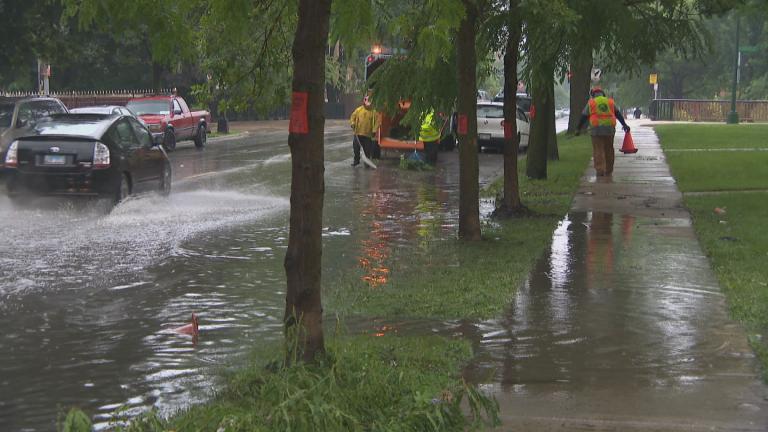Tuesday marked the 2020 fall equinox, the official first day of fall when the sun sits directly over the equator and day and night are just about equal.
But as Chicago gets ready for cooler weather, many parts of the country are being wracked by wildfires, hurricanes and the aftermath of last month’s destructive derecho in the Midwest.
The wildfires have burnt more than 5,000 square miles in California this year, in addition to thousands of acres in Oregon and Washington state.
“Most concerning is these fires are occurring at a time of year before the Santa Ana winds kick in, which tend to make these fires more extreme,” said Scott Collis, an atmospheric scientist at Argonne National Laboratory.
That’s on top of the planet’s warming climate, which scientists say contributes directly to the spread and proliferation of wildfires.
“The warmer the air gets in a warming climate, the more moisture the air can contain. So when these hot winds blow across the forests in California and Oregon and Washington state, they dry out the floor of the forest,” Collis said. “With a warmer climate, we’re actually seeing less snow pack in the alpine mountain ranges, which actually means less moisture, less water to recharge the soil.”
The smoke from the West Coast fires has spread thousands of miles in recent weeks, leaving skies in Chicago and elsewhere hazy. Collis says the smoke from the fires can reach 30,000 to 40,000 feet into the atmosphere, where it is then pulled east by the jet stream.
“So these fires and smoke have been caught up in this stream of air pulling it over our region and giving it the quite vibrant sunrises and sunsets we’ve been seeing,” Collis said.
Collis says Chicago’s air quality remains moderate but that an abundance of smoke can cause cooler temperatures as it blocks sunlight from reaching the surface.
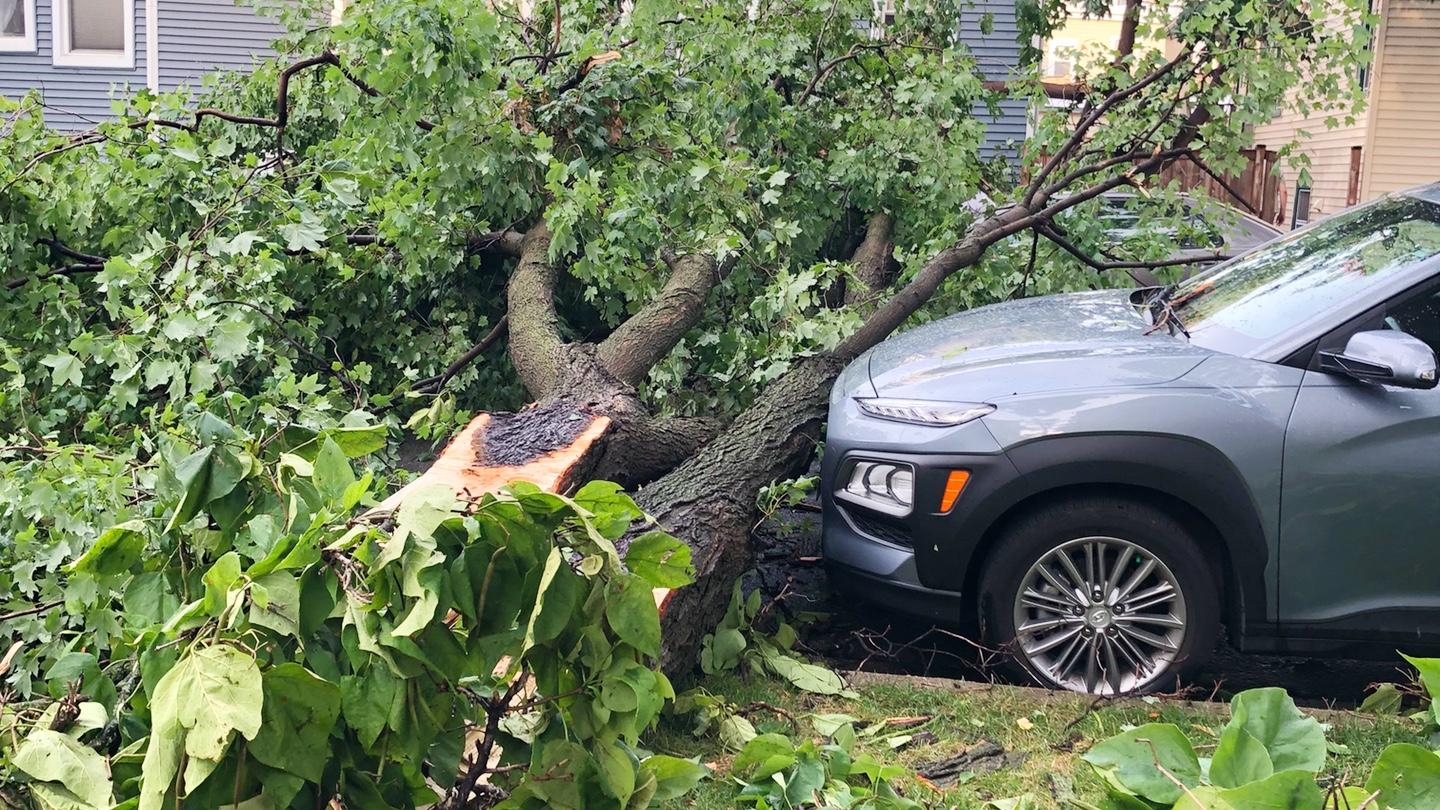 Trees crashed onto cars and into streets during storms in Chicago on Aug. 10, 2020. (Patty Wetli / WTTW News)
Trees crashed onto cars and into streets during storms in Chicago on Aug. 10, 2020. (Patty Wetli / WTTW News)
As for the fall and winter in Chicago, Collis says due to a La Niña weather pattern system in the Pacific, the region could see average temperatures but above-average precipitation.
“For Chicago over winter, this will mean generally the temperatures should be fairly seasonal, not much colder or warmer than we expect, in an average year,” Collis said. “However, we do expect it to be a wetter winter, because it’s picking up a lot of this moisture coming over the Pacific and dipping over our region.”

